Does the Use of Borax as a Laundry Additive Provide the Same Result as Sodium Percarbonate?
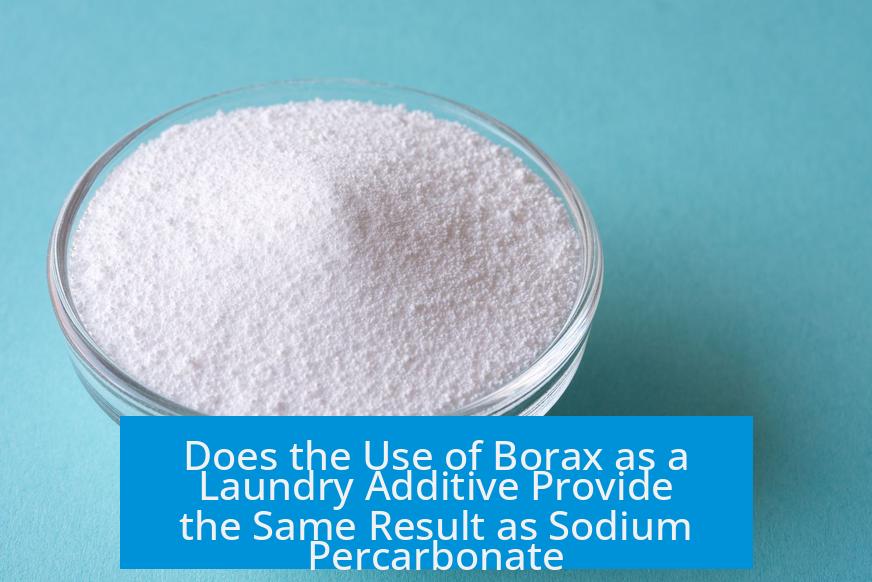
Borax and sodium percarbonate do not provide the same results as laundry additives because their chemical actions and effects differ significantly. Borax mainly acts by increasing pH and softening water, indirectly aiding cleaning and boosting hydrogen peroxide’s efficiency. Sodium percarbonate functions as a direct source of hydrogen peroxide, releasing an active bleaching agent upon dissolution in water.
Understanding Borax as a Laundry Additive
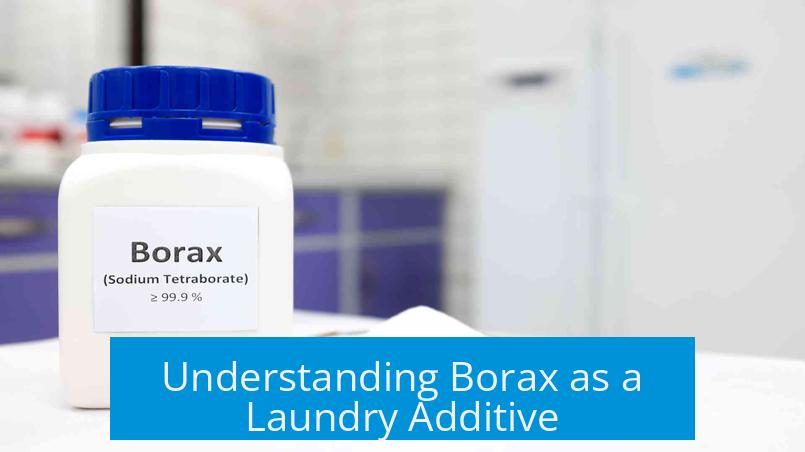
Borax, chemically known as sodium borate (Na2H2O·B4O7), appears as a colorless crystalline solid that dissolves in water, producing a basic solution. It does not produce hydrogen peroxide itself. Rather, borax serves largely as a facilitator in laundry cleaning processes.
- pH Increase: Borax raises the alkalinity of the wash water. A higher pH can improve detergent performance and help break down some stains.
- Water Softening: It sequesters calcium and magnesium ions, softening hard water. This prevents minerals from interfering with detergents and helps improve cleaning.
- Stain Management: Borax changes the ionic environment so some stubborn stains tend to remain suspended in water, minimizing redeposition on fabrics.
Additionally, borax acts as a ‘booster’ when used alongside hydrogen peroxide. It does not chemically strengthen hydrogen peroxide but enhances its stain removal efficiency. As a result, less hydrogen peroxide is required to achieve the same cleaning effect. This makes borax a useful, though indirect, enhancer in laundry formulations containing peroxide-based bleaches.
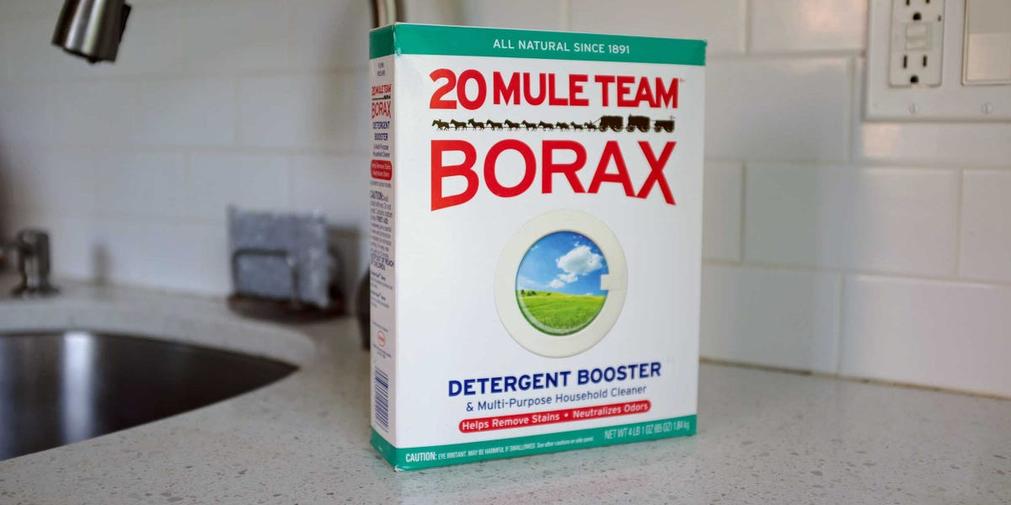
Role of Sodium Percarbonate in Laundry
Sodium percarbonate is a crystalline compound consisting of sodium carbonate and hydrogen peroxide, often represented chemically as 2Na2CO3·3H2O2. Upon contact with water, it dissociates to release hydrogen peroxide and sodium carbonate:
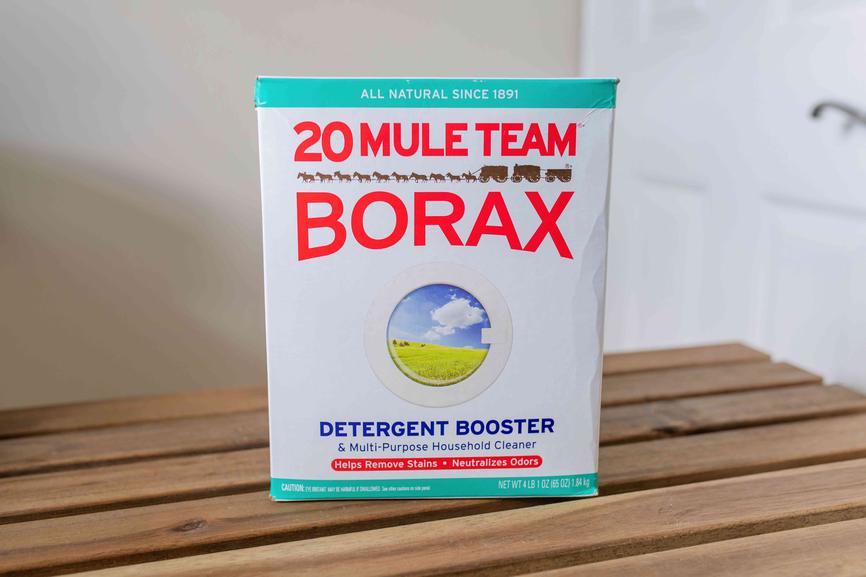
Sodium percarbonate + water → hydrogen peroxide + sodium carbonate
This reaction has two consequences:
- Direct Generation of Hydrogen Peroxide: Provides a fresh source of active bleaching agent in the wash water.
- Alkaline Environment Creation: Sodium carbonate (‘washing soda’) increases the pH, aiding stain breakdown and detergent action.
Sodium percarbonate thus directly supplies hydrogen peroxide, a well-known oxidizing bleach. This release occurs spontaneously on wetting, making sodium percarbonate a versatile and effective laundry additive for whitening and removing organic stains.

Comparing Borax and Sodium Percarbonate: Mechanisms and Effects
| Parameter | Borax | Sodium Percarbonate |
|---|---|---|
| Chemical Action | Raises pH, softens water, enhances hydrogen peroxide action indirectly | Releases hydrogen peroxide and sodium carbonate directly on dissolution |
| Hydrogen Peroxide Production | None; boosts existing peroxide’s efficiency | Provides hydrogen peroxide actively |
| Water Softening | Removes calcium & magnesium ions | Provides sodium carbonate which mildly raises pH but less softening effect |
| Cleaning Enhancement | Improves detergent efficiency by altering pH and softening water | Acts as an oxidizing bleach and pH booster |
| Stain Removal | Indirectly aids removal by maintaining stains in suspension | Directly oxidizes and breaks down stains |
The fundamental difference lies in their primary action. Borax supports cleaning processes by modifying the water chemistry and assisting peroxide bleaching. Sodium percarbonate actively initiates the bleaching step by supplying hydrogen peroxide in situ.
Chemical Properties Relevant to Laundry Applications
Borax is composed primarily of sodium borate, which creates a basic solution and can trap metal ions. It does not produce oxidizing species on its own. It is stable, non-volatile, and compatible with most detergents.
Sodium percarbonate acts simultaneously as an alkali (sodium carbonate) and a bleach (hydrogen peroxide). Its decomposition upon contact with water results in fresh peroxide release. This property explains its use as a bleaching booster in detergents and oxygen-based stain removers.
Contextual Considerations in Laundry Formulations
The choice to use borax or sodium percarbonate depends on the laundry product base and desired effects:
- In formulations already containing peroxide bleaches, borax can reduce the required quantity of peroxide and improve its efficiency.
- In products lacking peroxide sources, sodium percarbonate acts as a direct bleach, adding whitening capacity.
- Excess detergent use may minimize borax’s noticeable impacts, as detergents themselves raise pH and affect water hardness.
Summary: Distinct Laundry Additive Effects
- Borax acts indirectly in laundry by increasing wash water pH, softening water, and boosting existing peroxide bleach.
- Sodium percarbonate acts directly, releasing hydrogen peroxide that forms an active bleaching agent.
- They differ chemically and functionally; borax does not generate hydrogen peroxide while sodium percarbonate does.
- Both can improve stain removal but through separate mechanisms.
- Choice depends on detergent formulation and required bleaching strength.
Key Takeaways
- Borax increases pH and softens water but does not release hydrogen peroxide.
- Sodium percarbonate dissolves to form hydrogen peroxide and sodium carbonate, boosting bleaching directly.
- Borax enhances existing peroxide effects; sodium percarbonate supplies peroxide to the wash.
- Results differ; borax and sodium percarbonate are not interchangeable for bleaching action.
- Effective laundry formulations often combine these agents to optimize cleaning.
Does Borax Work Like Sodium Percarbonate in Laundry? Let’s Dive In!
If you’re wondering whether borax as a laundry additive provides the same result as sodium percarbonate, the short answer is no. They are related but they play very different roles. Here’s why.
Both borax and sodium percarbonate can enter your laundry room vocabulary as handy boosters, but their chemistry and effects are unique. They don’t exactly substitute for each other, nor do they produce identical whitening magic. Let’s unpack this, step-by-step.
The Lowdown on Borax: The Wingman of Laundry
Imagine borax as the supportive sidekick in your cleaning world. Borax, chemically known as sodium borate (Na2H20B4O7), is a colorless crystalline solid that dissolves to form a basic (high pH) solution. What does that mean for your laundry? It raises pH and softens your water slightly by tackling calcium and magnesium ions.
So, borax doesn’t bleach fabric by itself — it’s more of an *enabler*.
- It improves the power of hydrogen peroxide if peroxide is already present.
- It helps tricky stains stay suspended in the water, making clothes less likely to pick them back up.
Think of borax as the “borax boost”: by increasing alkalinity, it lets hydrogen peroxide work more efficiently. You might use less peroxide to get the same stain-busting power.
But don’t expect borax to pull a bleach rabbit out of a hat. It does not create hydrogen peroxide or bleach independently.
Sodium Percarbonate: The Hydrogen Peroxide Delivery System
Here’s where things get interesting. Sodium percarbonate is almost like a little factory that kicks into gear once it hits water. Its chemical reaction can be summed up nicely:
sodium percarbonate + water → hydrogen peroxide + sodium carbonate
So what’s happening here? Sodium percarbonate breaks down, releasing both sodium carbonate (a.k.a. washing soda, which raises pH) and hydrogen peroxide — the active bleaching agent. This means it *directly* supplies hydrogen peroxide every time you use it. This immediate release makes it a powerful stain remover and whitener.
If you want a bleaching effect inherent to the additive, sodium percarbonate is your go-to. It’s an oxygen-based bleach that activates in your washing machine to tackle stains and brighten whites.
Comparing Borax and Sodium Percarbonate: Not Exactly Twins
They’re *related* because they both create basic conditions that help bleach and detergent work better. But the key difference lies in whether they supply hydrogen peroxide or simply help it work.
| Feature | Borax | Sodium Percarbonate |
|---|---|---|
| Forms Hydrogen Peroxide | No, but boosts its effect | Yes, directly upon contact with water |
| Alkaline Effect (pH Increase) | Yes, mildly basic | Yes, due to sodium carbonate |
| Water Softening | Yes, removes calcium and magnesium ions | Somewhat, via sodium carbonate |
| Bleaching Power | Indirect, needs peroxide present | Direct, produces peroxide |
| Usage Frequency | Less common, often unnecessary if detergent is plentiful | Common as oxygen bleach additive |
So, if you’re looking for pure bleaching power? Sodium percarbonate wins hands down. Borax plays the supporting role and shines best when peroxide is already part of your detergent or pre-wash routine.
What Does This Mean for Your Laundry Routine?
Let’s say your detergent already contains peroxide-based bleach. Adding borax can help raise pH and enhance peroxide efficiency.
On the other hand, if your detergent lacks bleach and you want a brightening punch, sodium percarbonate is your active ingredient. It breaks down in water, releasing hydrogen peroxide right when you need it.
This also explains why you might not always find borax sitting on every store shelf. Many laundry products already contain enough detergent or percarbonate to do the job — meaning borax’s effect can sometimes be redundant.
Real Talk: Which Should You Use?
Choosing between borax and sodium percarbonate isn’t just about chemistry; it’s about what you want your laundry to do.
- If your goal is oxygen bleaching and breaking down stains directly, sodium percarbonate gets the job done.
- If you want to boost an existing peroxide bleach, soften your water, and keep stains suspended in water, borax is your buddy.
They’re not interchangeable but complementary. Some laundry enthusiasts even combine them for supercharged results.
Curious About Side Effects or Safety?
Both additives are generally safe when used as directed. Borax has some controversy around prolonged skin contact and ingestion, so keep it out of reach of children and pets. Sodium percarbonate, being an oxygen bleach, is gentler on fabrics than chlorine bleach but still demands caution.
Final Takeaway
Does using borax provide the same laundry result as sodium percarbonate? No. Borax is a pH booster and water softener that improves the action of hydrogen peroxide but does not bleach clothes itself. Sodium percarbonate directly releases hydrogen peroxide in water, offering active, oxygen-based bleaching for whitening and stain removal.
Understanding this difference helps you pick the right additive for your laundry needs. Need powerful bleaching? Reach for sodium percarbonate. Want to enhance and support your detergent’s peroxide? Borax steps up.
Now, isn’t it satisfying to know your laundry boosters actually have distinct superpowers? Next time you grab a laundry additive, you’ll know exactly what magic you’re unleashing in the wash!
Does borax produce hydrogen peroxide like sodium percarbonate?
No, borax does not produce hydrogen peroxide. It raises pH and softens water but does not release peroxide. Sodium percarbonate releases hydrogen peroxide directly when it dissolves in water.
Can borax be used to replace sodium percarbonate in laundry?
Borax cannot fully replace sodium percarbonate. Borax enhances existing peroxide bleaching but does not act as a bleach itself. Sodium percarbonate is a direct source of bleach through hydrogen peroxide.
How does borax boost the effectiveness of hydrogen peroxide?
Borax raises the water’s pH and softens it by removing calcium and magnesium. This helps hydrogen peroxide work better, so less peroxide is needed for the same stain removal.
Does sodium percarbonate affect water hardness like borax?
No, sodium percarbonate mainly releases hydrogen peroxide and sodium carbonate. It does not soften water as borax does by removing minerals like calcium and magnesium.
Will using borax alone whiten clothes as effectively as sodium percarbonate?
No. Borax alone cannot whiten clothes because it does not produce peroxide. Sodium percarbonate directly releases hydrogen peroxide, which is the active bleaching agent for whitening.


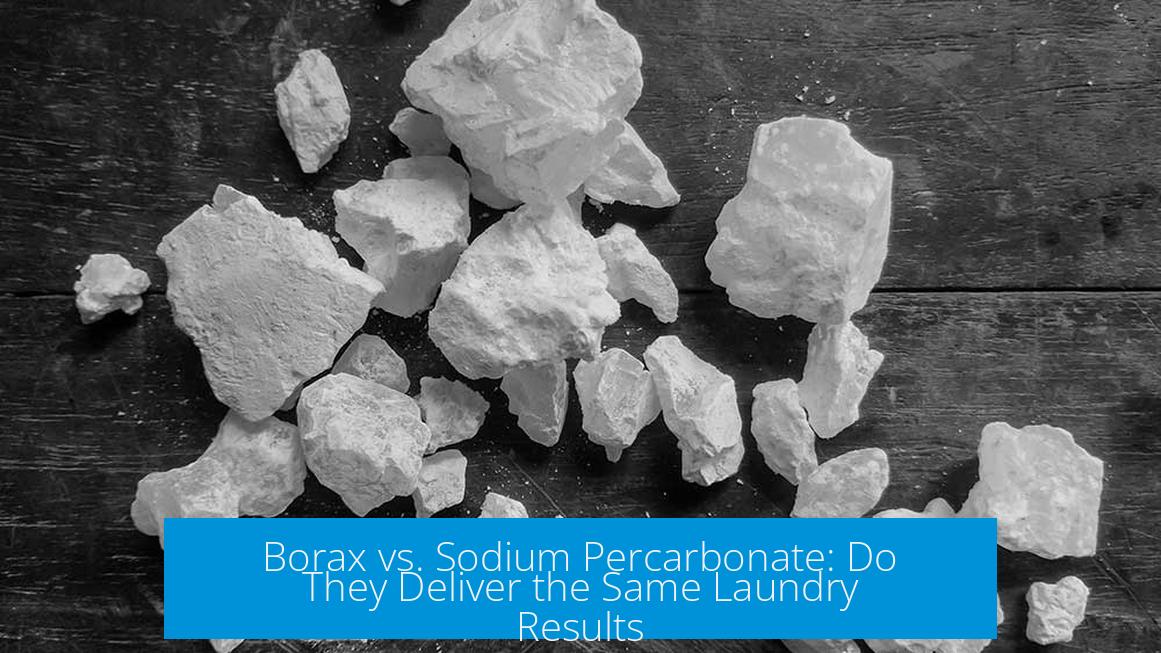
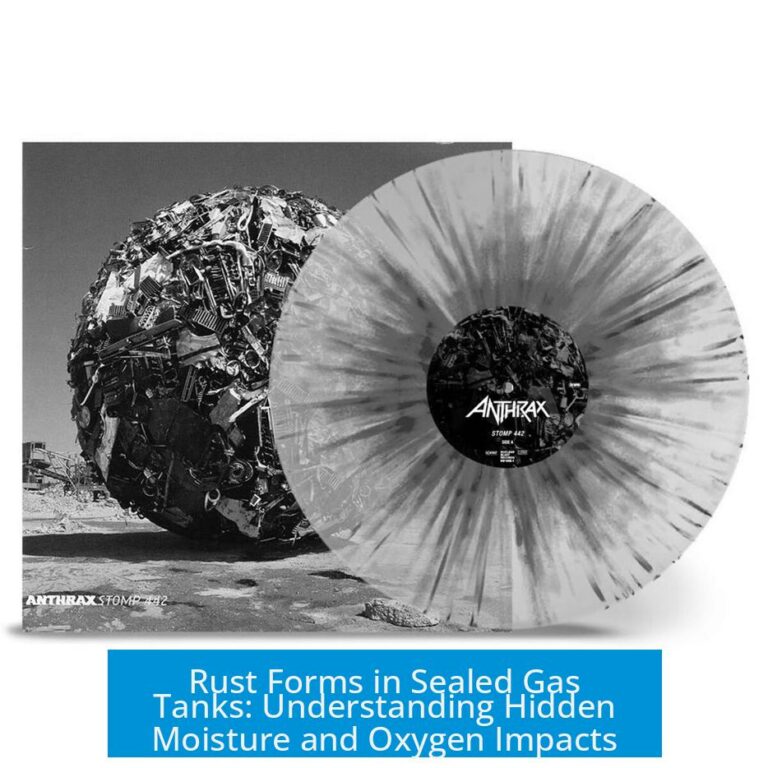
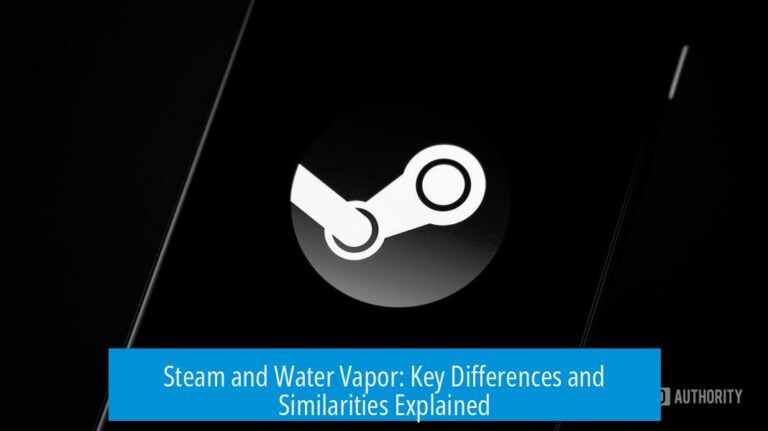
Leave a Comment